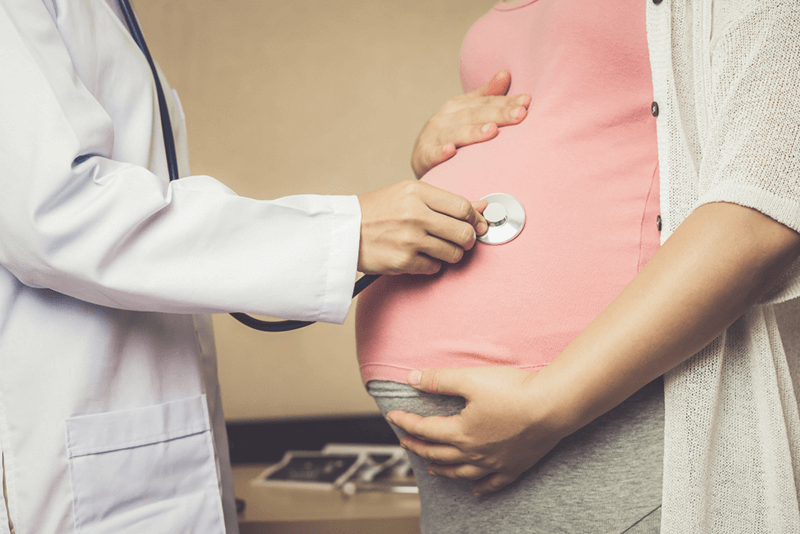Our medical coding company keeps track of updates to medical codes in order to help physicians ensure accurate billing of claims. The Centers for Disease Control and Prevention (CDC) released the ICD-10 code changes for 2019 on June 11, 2018. There are 473 code changes in FY 2019 with 279 new codes, 143 revised codes, and 51 deleted codes. The total number of ICD-10 codes for FY 2019 is 71,932, an increase from 71,704 in FY 2018. These code updates apply to all hospital inpatient and outpatient coding from October 1, 2018 through September 30, 2019. FY 2019 ICD-10 includes several code changes for obstetrics and gynecology (Chapter 15 – Pregnancy, Childbirth, and the Puerperium).
Here are some key coding updates of interest to obstetrics and gynecology medical coding service providers, as reported by the American College of Obstetricians and Gynecologists (ACOG):
- Additional specificity for chorions and amnions in multiple gestations – code category O30 has been changed to provide additional specificity for chorions and amnions in multiple gestations.
New codes under O30 Multiple gestation:- O30.13 Triplet pregnancy, trichorionic/triamniotic
- O30.131 Triplet pregnancy, trichorionic/triamniotic, first trimester
- O30.132 Triplet pregnancy, trichorionic/triamniotic, second trimester
- O30.133 Triplet pregnancy, trichorionic/triamniotic, third trimester
- O30.139 Triplet pregnancy, trichorionic/triamniotic, unspecified trimester
- O30.23 Quadruplet pregnancy
- O30.231 Quadruplet pregnancy, quadrachorionic/quadra-amniotic, first trimester
- O30.232 Quadruplet pregnancy, quadrachorionic/quadra-amniotic, second trimester
- O30.233 Quadruplet pregnancy, quadrachorionic/quadra-amniotic, third trimester
- O30.239 Quadruplet pregnancy, quadrachorionic/quadra-amniotic, unspecified trimester
- O30.8 Other specified multiple gestations
- O30.831 Other specified multiple gestation, number of chorions and amnions are both equal to the number of fetuses, first trimester
- O30.832 Other specified multiple gestation, number of chorions and amnions are both equal to the number of fetuses, second trimester
- O30.833 Other specified multiple gestation, number of chorions and amnions are both equal to the number of fetuses, third trimester
- O30.839 Other specified multiple gestation, number of chorions and amnions are both equal to the number of fetuses, unspecified trimester
- O30.13 Triplet pregnancy, trichorionic/triamniotic
- Two new codes in category F12 for identifying withdrawal associated with cannabis use
New codes:- F12.23 Cannabis dependence with withdrawal
- F12.93 Cannabis use, unspecified with withdrawal
- Code category F53 revisions include new postpartum depression code
Deleted: F53 Puerperal psychosis
New codes:- F53.0 Postpartum depression
- F53.1 Puerperal psychosis
- New code for plasminogen deficiency in code subcategory E88.0-
New code – E88.02 Plasminogen deficiency - Deleted and new codes for N35 Urethral stricture
Deleted:- N35.8 Other urethral stricture
- N35.9 Urethral stricture, unspecified
New codes:
- N35.82 Other urethral stricture, female
- N35.92 Unspecified urethral stricture, female
- Code subcategory O86.0 expanded to further specify obstetrical wound infections
Surgical site infection (SSI) is classified as follows:- Superficial incisional SSI – involves only skin and subcutaneous tissue of incision
- Deep incisional SSI – involves deep tissues and also infection involving both superficial and deep incision sites and organ/space SSI draining through incision
- Organ/space SSI – involves organs and spaces other than the incision opened/manipulated during operation
The FY 2019 ICD-10 code changes for infection of obstetric surgical wound are:
Deleted: O86.0 Infection of obstetric surgical wound
New codes:- O86.00 Infection of obstetric surgical wound, unspecified
- O86.01 Infection of obstetric surgical wound, superficial incisional site
- O86.02 Infection of obstetric surgical wound, deep incisional site
- O86.03 Infection of obstetric surgical wound, organ and space site
- O86.04 Sepsis following an obstetrical procedure
- O86.09 Infection of obstetric surgical wound, other surgical site
- Expansion of code subcategory E78.4 to identify specific lipid conditions
Deleted: E78.4 Other hyperlipidemia
New codes:- E78.41 Elevated lipoprotein(a)
- E78.49 Other hyperlipidemia
- New code for plasminogen deficiency
Type 1 plasminogen deficiency is a genetic disorder associated with inflammed growths on the mucous membranes, the moist tissues that line the insides of the eye, mouth, nasopharynx, trachea, and female genital tract. FY ICD-10 2019 has a new code in subcategory E88.0- for plasminogen deficiency.
New code: E88.02 Plasminogen deficiency - New codes for other doubling of the uterus
Code subcategory Q51.2 has been revised to include four new codes for doubling of the uterus.
Deleted: Q51.2 Other doubling of uterus
New codes:- Q51.20 Other doubling of uterus, unspecified
- Q51.21 Other complete doubling of uterus
- Q51.22 Other partial doubling of uterus
- Q51.28 Other doubling of uterus, other specified
There are many other ICD-10 updates for ob-gyn in FY 2019. The changes become effective October 1 and there is no grace period provided for implementation. Medical coders in reliable medical coding companies are well prepared to help obstetricians and gynecologists ensure accurate diagnosis reporting with the new code sets.




